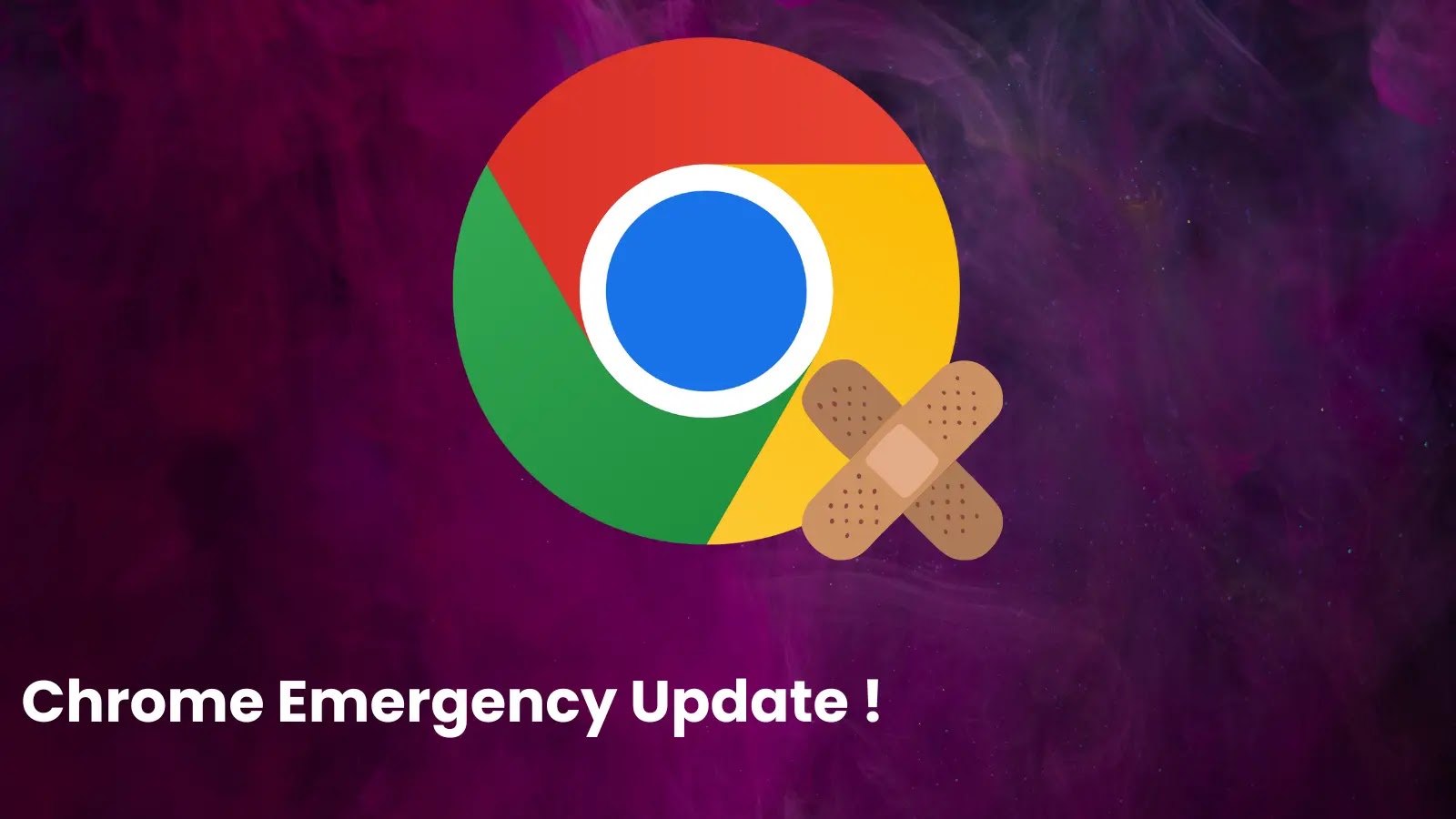
Chrome Emergency Update to Patch Multiple Vulnerabilities that Enable Remote Code Execution
A critical alert just landed on the desks of cybersecurity professionals worldwide: Google has issued an urgent security patch for its Chrome browser. This isn’t just a routine update; it addresses multiple severe vulnerabilities that could allow attackers to execute malicious code remotely. For anyone relying on Chrome – which is to say, nearly everyone – understanding the implications and acting swiftly is paramount.
The Urgent Patch: What You Need to Know
Google’s latest emergency update, specifically version 142.0.7444.134/.135 for Windows, 142.0.7444.135 for macOS, and 142.0.7444.134 for Linux, is a direct response to five critical flaws. These vulnerabilities, if exploited, could grant attackers the ability to run arbitrary code on a victim’s system, potentially leading to data breaches, system compromise, and further network infiltration.
The severity of this patch stems from the nature of the components affected. Core browser functionalities, integral to how Chrome processes web content, are at risk. Specifically, weaknesses have been identified in:
- WebGPU: A modern web API for high-performance 3D graphics and compute. Vulnerabilities here often involve memory corruption issues, which can be leveraged for code execution.
- V8 JavaScript Engine: The workhorse behind Chrome’s JavaScript execution. Flaws in V8 are frequently exploited due to its direct interaction with user-controlled content, making it a prime target for remote code execution (RCE) vulnerabilities.
Unpacking the Vulnerabilities (CVE Details)
While the exact exploits in the wild are not fully detailed by Google to give users time to update, the nature of the patch indicates serious security concerns. The vulnerabilities addressed include:
- CVE-2024-XXXXX (details pending official release): This likely refers to a use-after-free vulnerability in WebGPU. Use-after-free flaws are memory corruption bugs that occur when a program attempts to access memory after it has been freed, which can lead to crashes, arbitrary code execution, or privilege escalation.
- CVE-2024-XXXXX (details pending official release): This could be a heap buffer overflow in V8. Heap overflow vulnerabilities involve writing more data than intended into a buffer allocated on the heap, potentially overwriting adjacent memory and influencing program execution, including RCE.
- CVE-2024-XXXXX (details pending official release): Often, emergency patches include type confusion bugs, which can lead to unexpected behavior and code execution by misinterpreting data types.
- CVE-2024-XXXXX (details pending official release): Less critical but still important, boundary errors or out-of-bounds reads/writes in various components can be chained with other vulnerabilities for greater impact.
- CVE-2024-XXXXX (details pending official release): The presence of multiple fixes suggests a broader review, likely including integer overflow or other memory safety issues. We will update specific CVEs as they are publicly released by Google and MITRE.
Note: Specific CVE identifiers for these new vulnerabilities (beyond those already public like those listed above that are similar to what is likely patched – the official article does not list the new specific ones) will be released by Google once sufficient time has passed for users to update, minimizing the risk of exploitation.
Remediation Actions: Protect Your Systems
Immediate action is required to mitigate the risks posed by these vulnerabilities. Proactive updating is the most effective defense.
- Update Chrome Immediately:
- Open Chrome.
- Click the three vertical dots (menu icon) in the top-right corner.
- Go to Help > About Google Chrome.
- Chrome will automatically check for and download the update. You will be prompted to relaunch the browser to complete the installation.
- Verify Version Number: Ensure your Chrome browser is updated to one of the following versions:
- Windows: 142.0.7444.134 or 142.0.7444.135
- macOS: 142.0.7444.135
- Linux: 142.0.7444.134
- Automatic Updates (Enable): For managed environments, ensure Chrome’s automatic update policy is enabled. For individual users, ensure this setting is active to receive future patches without manual intervention.
- Browser Isolation/Sandboxing: For highly sensitive tasks, consider using browser isolation technologies that execute web content in a separate, secure environment, mitigating the impact of successful browser exploits.
- Endpoint Detection and Response (EDR): Ensure EDR solutions are up-to-date and actively monitoring for suspicious activity on endpoints, which can provide an additional layer of defense against post-exploitation activities.
Tools for Detection and Mitigation
| Tool Name | Purpose | Link |
|---|---|---|
| Google Chrome | Primary update mechanism for the browser itself. | https://www.google.com/chrome/ |
| Endpoint Detection & Response (EDR) Solutions | Monitoring for post-exploitation activities and anomalous process behavior. (e.g., CrowdStrike, Microsoft Defender ATP) | CrowdStrike / Microsoft Defender 365 |
| Vulnerability Management Systems | Tracking browser versions across an organization and compliance checks. (e.g., Tenable.io, Qualys) | Tenable / Qualys |
| Browser Isolation Platforms | Executing web content safely in isolated environments. (e.g., Menlo Security, Zscaler Browser Isolation) | Menlo Security / Zscaler |
Conclusion: The Imperative of Timely Updates
This emergency Chrome update is a stark reminder of the continuous threat landscape faced by all internet users. Remote Code Execution vulnerabilities, particularly in widely used software like web browsers, represent a high-stakes risk. Prioritizing these updates is not merely good practice; it is a fundamental requirement for maintaining digital security. Ensure your systems, and those of your organization, are patched to the latest versions to mitigate potential exploitation.





